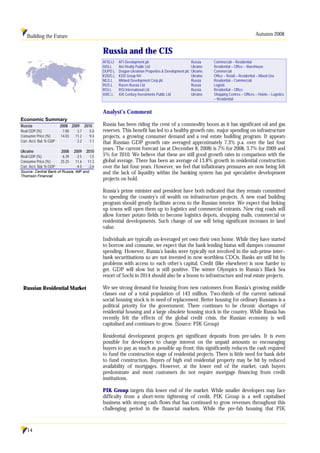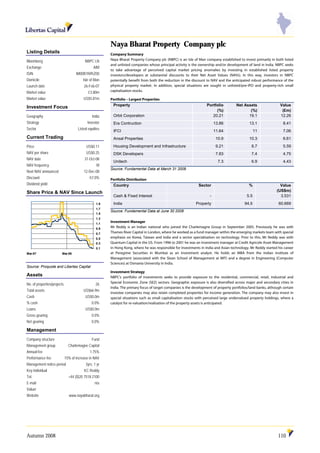This document provides an overview and analysis of the real estate sector, including 138 listed real estate companies. It discusses opportunities from discounted share prices and forced asset sales. General recommendations include preferring countries with GDP growth over 5% and transparent ownership. Specific recommendations include UK companies with low gearing and dividend commitments, and international infrastructure funds for stable income. Regional summaries analyze investment prospects in areas like the UK, Western Europe, and BRIC economies.


































































































































































